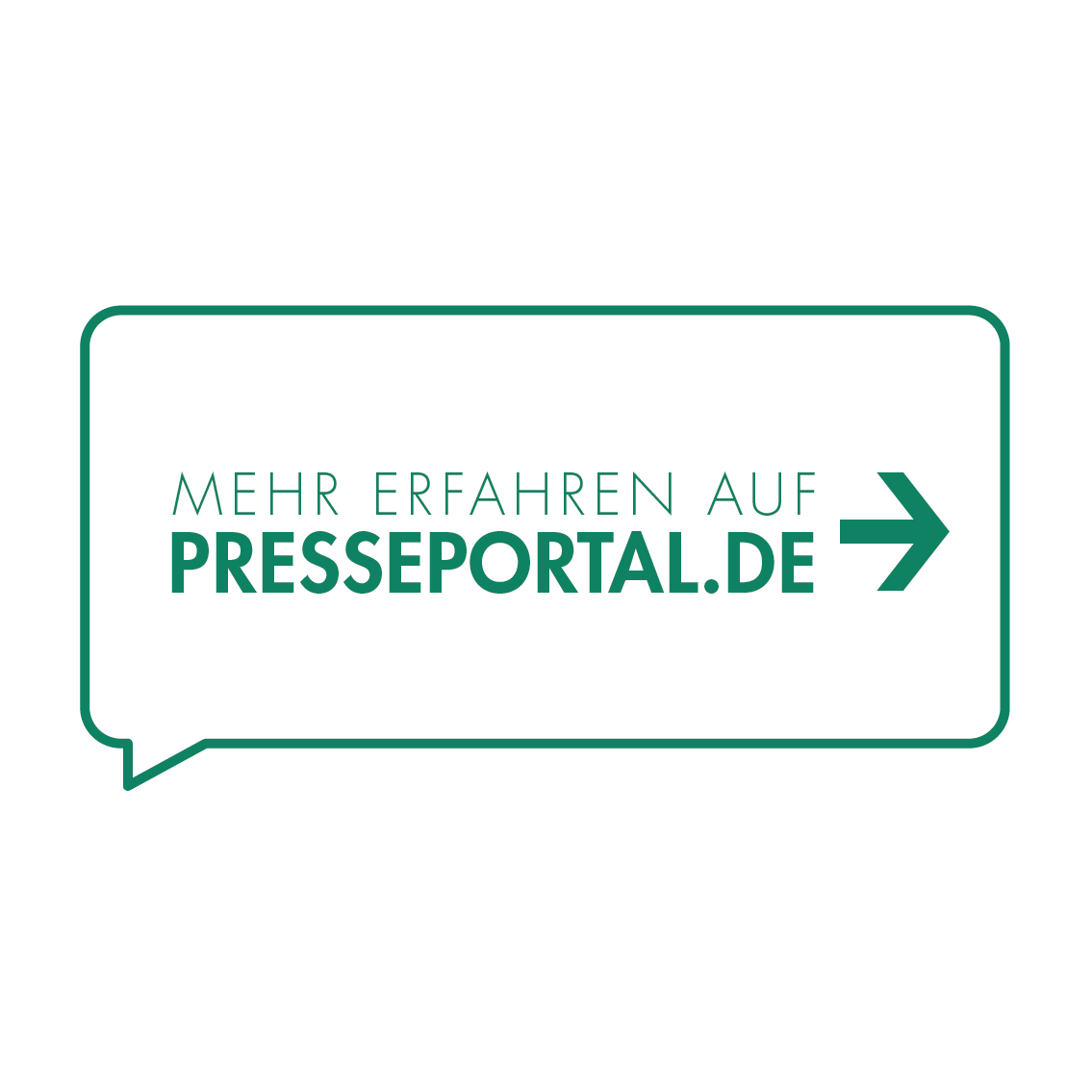The 62 Dutch soldiers who assisted in retrieving evacuees after the fall of Kabul. have barely finished the city’s airport. De Telegraaf and Nu.nl report this on the basis of answers from Defense and military personnel who were on site.
During the operation, ministers Bijleveld (Defence) and Sigrid Kaag (Foreign Affairs) wrote in a letter to parliament that everything possible was being done to get evacuees “at the airport in Kabul” and that the military would assist in this. In reality, that didn’t mean they drove cars through the streets of the Afghan capital.
A Defense spokesperson told Nu.nl that there were times when the soldiers “went forward for a while”, but that soldiers did not go into the streets of Kabul. In practice, according to the spokesperson, it proved impossible to go through the crowds around the airport. “Then how do you come back?”
Evacuation list
Soldiers from the Royal Netherlands Marechaussee and the Commando Troops Corps tell in De Telegraaf and the defense newspaper that they have done what they could to get as many evacuees as possible out of the country. They started with an evacuation list of 500 names, but ended up carrying five times that number as the list kept growing.
The operation was difficult in the first days because of the chaos around the airport. It proved difficult to get people in through the crowd, even if they had the right documents, says one of the commandos. Driving a vehicle into the crowd was not an option because of the risk of crushing the moving crowd.
Orange garments
The evacuation got off to a good start after three days when the Dutch started using an entrance that had not been used until then and which later became known as ‘Hollandse Poort’. “A hole in the fence with an open sewer in front”, one of the soldiers describes the passage. Evacuees received information about the route from the Ministry of Foreign Affairs and were advised to wear something orange as a identification sign. The soldiers then saw “appearing one after the other with an orange scarf or shirt”.
Sometimes people were there without the right documents. This presented the military with an ethical dilemma, an employee of the Marechaussee told the Defense newspaper. “Sometimes the papers just weren’t right. People copied e-mails from the Ministry of Foreign Affairs from others or took orange clothing with them. All in an attempt to be able to go to the Netherlands, even if they were not on the list of evacuees. Such situations are distressing. “
After defusing the last vehicles they had used on the spot, the soldiers themselves returned to the Netherlands on 26 August, shortly after the attacks claimed by IS-K. One of those attacks was committed close to the ‘Hollandse Poort’, but the soldiers were no longer around by then.
–


